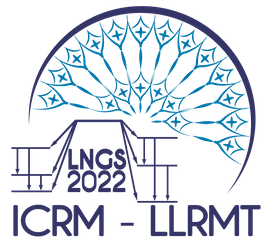Speaker
Description
Large efforts are being made to directly detect interactions of dark matter with ordinary matter, including the Cryogenic Rare Event Search with Superconducting Thermometers (CRESST) experiment located at the Laboratori Nazionali del Gran Sasso (LNGS) in Italy. During the second phase of the experiment, CRESST-II, scintillating CaWO4 target crystals were used to detect nuclear recoils. However, at low energies a distinction between dark matter recoils and beta-particles/gamma-rays is hardly possible. It is therefore vital to understand the
composition of ambient radioactive background in the experimental reference data as it can be used in an analysis that allows to check for possible dark matter signals.
Tackling this problem, a first Monte Carlo electromagnetic background model was developed for CRESST-II in a predecessor study, where sources of contamination (radiogenics and cosmogenics) were identified and simulated for the detector module named TUM40. The resulting spectral templates were scaled using parametric Gaussian templates that were fitted to obvious peaks in the experimental data. The remaining flat energy spectra, that lack distinct alpha- or photopeaks, were scaled using a steady-state condition known as secular equilibrium.
The techniques presented in this work aim at improving this fitting method via a likelihood-based application of Bayesian inference and the Metropolis-Hastings algorithm. Several ways of assessing convergence and fit quality are discussed. Then, the results of a fit with 83 free parameters are presented, showing a significant increase of the reproduction in the energy range 1 keV–40 keV from 68% in the predecessor study to over 90% in this work. Finally, an overview of the current developments and considerations to improve upon the predecessor model are presented.

